St Kilda venues: Melbourne sites that are now gone but not forgotten
Do you remember dancing the night away at The Palace or taking an embarrassing spill on the ice at St Moritz? These once popular St Kilda venues are among several now long gone — but never forgotten. SEE THE PHOTOS
Inner South
Don't miss out on the headlines from Inner South . Followed categories will be added to My News.
St Kilda has long been known as Melbourne’s playground and with plenty of hip cafes, buzzing night-life and an amusement park, it’s not hard to see why crowds have flocked to the beachside suburb for generations.
During the Victorian era St Kilda became a favoured suburb of Melbourne’s wealthy elite — everybody who was anybody wanted to live in St Kilda.
But when the depression of the 1890s hit, many of the sprawling mansions were transformed into rooming houses and the suburb became an entertainment hub for the working class.
Eventually the area became known for its loose bars and brothels and since the 1960s has been known for its bohemian culture, with many artists and musicians choosing to call St Kilda home.
In more recent times there has been a push toward gentrification.
The suburb has been home to some of the most iconic entertainment venues in Melbourne over the years but sadly, many are now only memories of the past.
Here are some of the lost landmarks of St Kilda.
GREYHOUND HOTEL
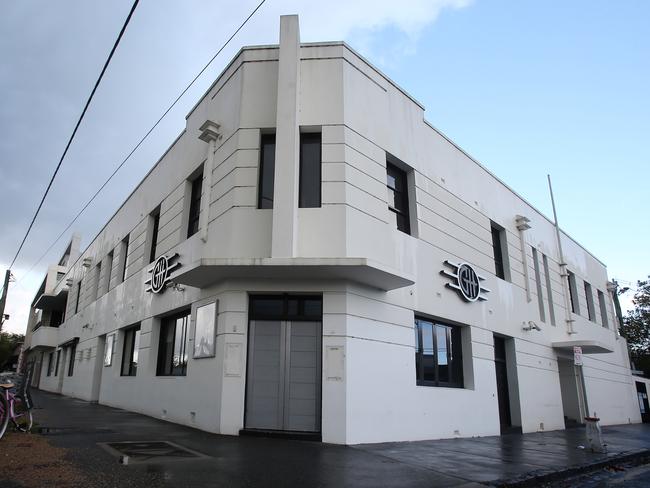
The sudden closure of the historic gay bar in January 2017 sparked public outcry, with many lamenting the loss of the “safe space” it provided the LGBTQI community.
The shock closure came just weeks after it was granted a temporary reprieve from the wrecking ball.
The 163-year-old watering hole had been slated for redevelopment into an eight-storey apartment building, which spurred more than 2500 people to sign a petition calling for the historic venue to be saved.
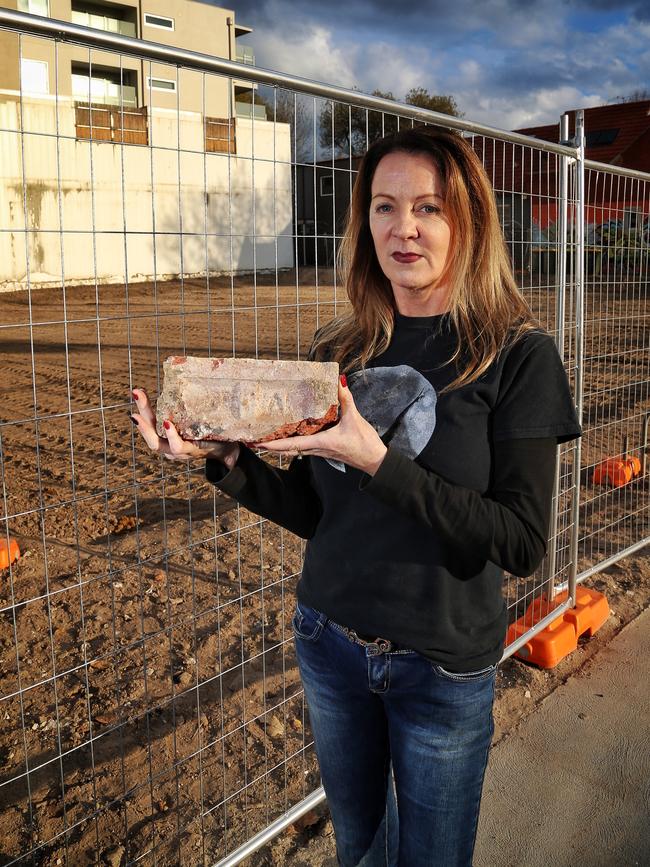
After then Planning Minister Richard Wynne rejected Port Phillip Council’s bid to secure heritage status for the Brighton Rd building, it was eventually reduced to rubble.
Many long-time patrons scrambled to collect bricks from the demolition site as mementos.
People came from Geelong and even Sydney to snare a piece of Greyhound history.
St Kilda’s Julie Marrington said she made four trips to the site to scavenge for bricks to share among locals.
“It meant so many things to so many different people for all sorts of reasons — for many it was our lounge room,” she told the Leader at the time.

Joy FM presenter Peter de Groot told the Leader Port Phillip Council and the State Government had all but sealed the beloved venue’s fate by repeatedly denying requests to increase patron numbers and extend trading hours.
“The GH’s two main competitors, the Peel and Poof Doof, both have late liquor licenses which means the GH is at a disadvantage,” he said.
In its prime the hotel was one of the hottest venues in Melbourne for drag shows, hosting several performances each week.
The vacant block where the Greyhound once stood was bought by Steller for $7.5 million in 2017 but following the collapse of the development company, the site was again listed for sale in 2019, fetching $6.25 million.
ST MORITZ ICE RINK
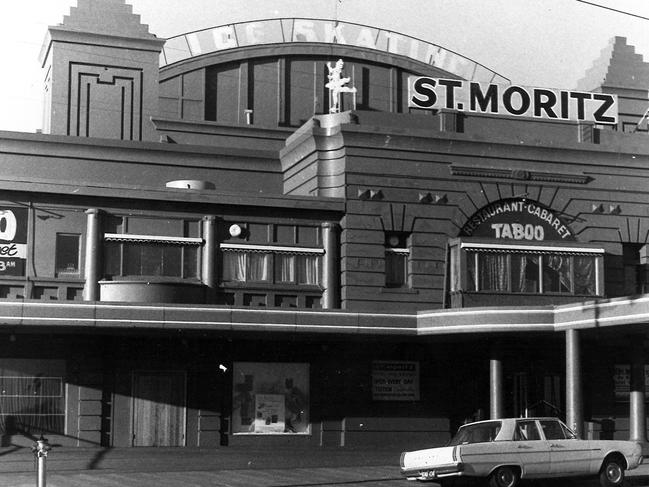
The popular ice skating rink operated on the Upper Esplanade for more than forty years before it was shut down amid a decline in revenue largely attributed to the increasing popularity of roller skating and dance venues.
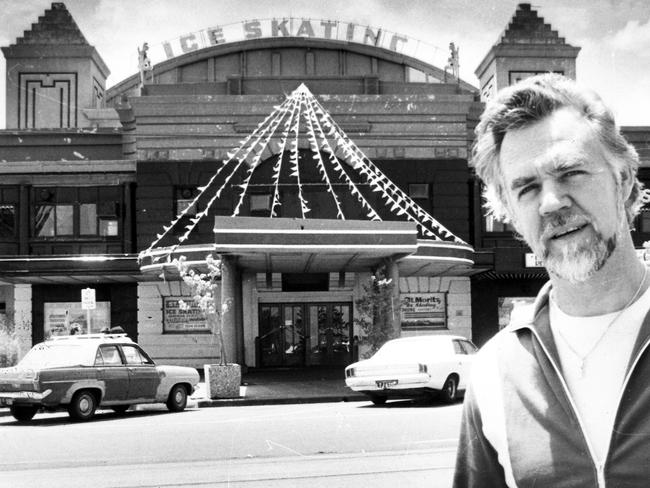
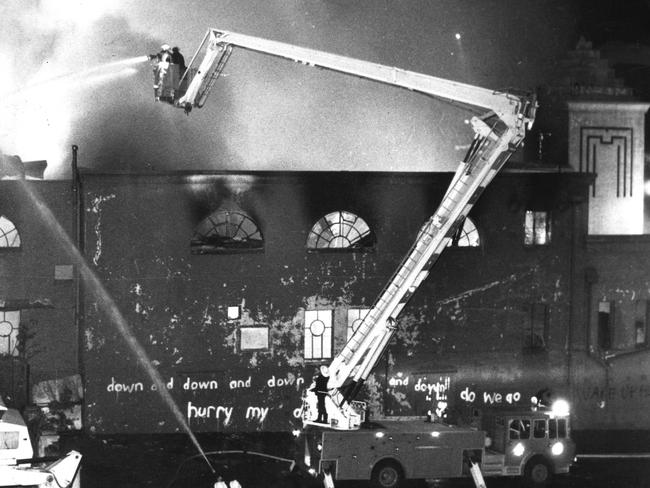
St Moritz opened in 1939 at the site of the former Wattle Path Palais de Danse, and as one of only two rinks in Melbourne throughout the ‘40s and ‘50s, it played a prominent role in the history of ice hockey in the state.
After its sudden closure in 1981, the building was nominated for heritage protection but a majority of councillors of the former City of St Kilda voted against the move.
Shortly after, St Moritz was razed by fire and the site remained vacant for almost 10 years before the Novotel hotel rose from the ashes.
The hotel was torn down last year to make way for a lavish $550 million apartment complex, named the St Moritz.
The site new development will also be home to a private health and wellness facility offering cryotherapy and hyperbaric oxygen chambers, salt rooms and flotation tanks.
The neon ‘Skating Girl’ sign which previously graced the roof of the ice skating rink now hangs in the St Kilda Town Hall.
BOJANGLES NIGHTCLUB
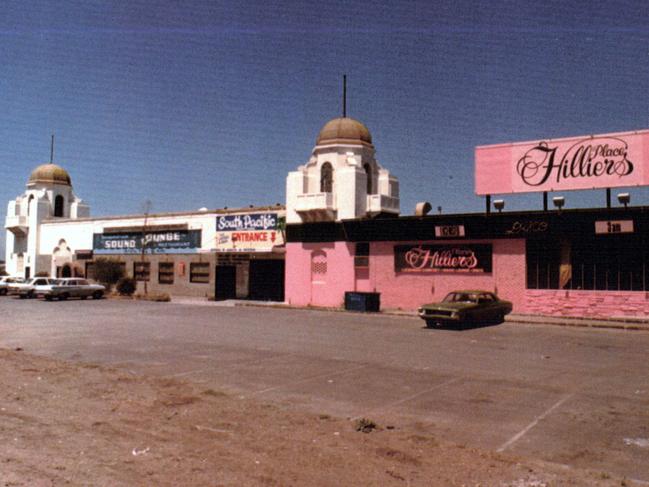
St Kilda Sea Baths has been home to many cafes, restaurants and clubs over the years but perhaps the most infamous was Bojangles nightclub.
The venue was a notorious drinking hole for Melbourne’s criminal class during the 1980s, including a young Mark “Chopper” Read.
The healing properties of the baths proved no match for the life-taking power of Read’s gun when he shot and killed notorious drug dealer Sammy ‘The Turk’ Ozerkam outside Bojangles in 1987. Read never denied shooting his victim in the eye at point-blank rage but claimed it was in self-defence. The jury agreed and Read was acquitted.
The foreshore nightspot was also a repeated target of arson attacks and the scene of many other unsavoury dealings and grisly crimes, including violent assaults.
It closed in the late 1980s.
THE PALACE / PALAIS DE DANSE

The swinging live music nightspot was destroyed by deliberately lit fire in 2007.
The Palace hosted a slew of local and international bands between its opening in 1972 and its fiery closure.
Jacka Blvd was brought to a standstill as more than 70 firefighters battled the blaze but ultimately the building could not be saved and what was left was promptly demolished.
The fire broke out just weeks after the site’s tenants were evicted following a long-running court battle with the state government.
The Palace, next to the Palais Theatre, had been slated for demolition as part of a controversial $400 million redevelopment project slated for the site.
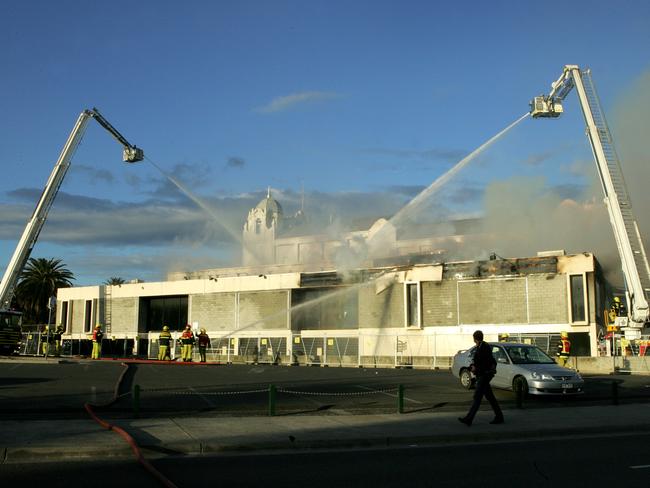
Port Phillip Council’s bungled St Kilda Triangle proposal was abandoned in 2009 following fierce community backlash and the prime chunk of beachfront land has remained in use as a carpark since then.
Documents later revealed the council had paid a developer $5 million to walk away from the multimillion-dollar project.
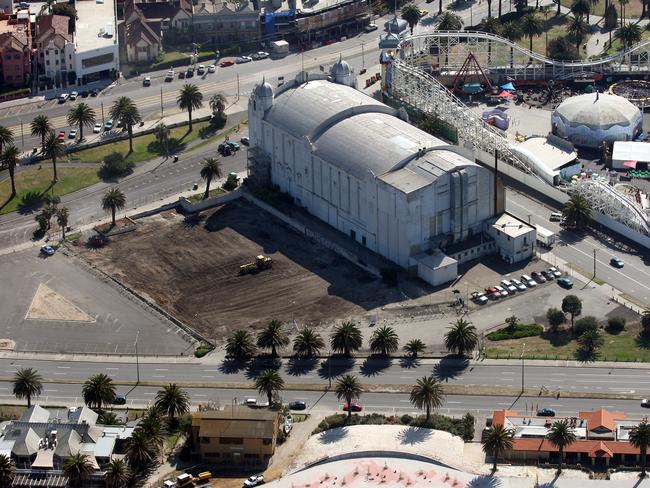
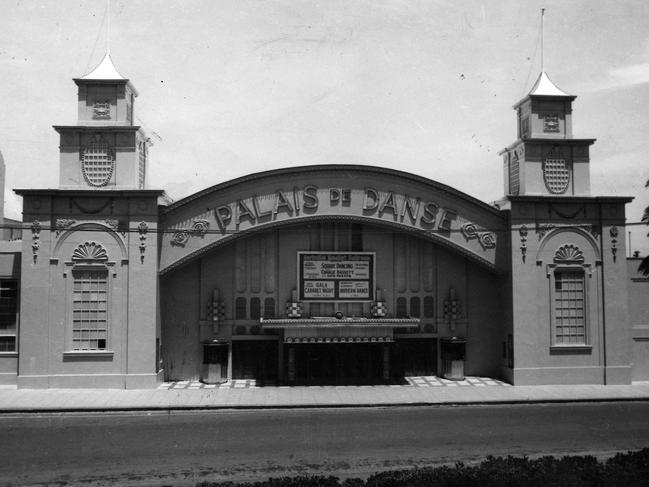
These days the prime chunk of beachfront land is used as a carpark, which contributes about $1 million a year to the council’s coffers.
The site was once home to the Palais de Danse, which was also claimed by the rumoured fiery curse of the St Kilda foreshore.
Built in 1919, the large dance hall was a popular entertainment venue throughout the early 20th century and could host crowds of up to 2800.
It was destroyed by fire in 1968.
MORE:
THE GHOSTS HAUNTING MELBOURNE’S SUBURBS
